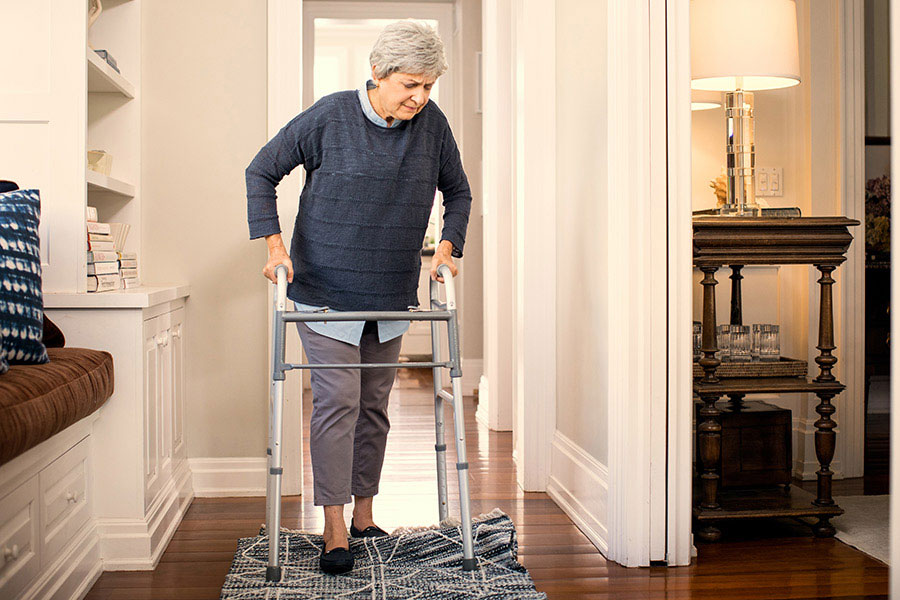When it comes to ensuring the safety of our senior loved ones, choosing the right fall detection device is crucial. Two popular options are fall detection watches and pendants. Both have their unique advantages and challenges. This article will delve into the features and benefits of each option, helping seniors and their caregivers make an informed decision.

Understanding the Importance of Fall Detection
Falls are a common concern for seniors, with significant implications for their health and independence. According to research, one in four Americans aged 65 and older falls each year. With such statistics, the need for effective fall prevention strategies becomes more evident. Devices like watches and pendants can provide peace of mind for both seniors and their families.
What are Fall Detection Watches?
Fall detection watches are wrist-worn devices that use sensors and algorithms to detect when a person falls. These watches can automatically alert caregivers or emergency contacts if they sense a fall, ensuring timely assistance. They often come equipped with additional features such as heart rate monitoring, GPS tracking, and emergency buttons.
Key Features of Fall Detection Watches
- Automatic Fall Detection: Uses motion sensors to identify falls.
- GPS Tracking: Helps locate the wearer quickly in emergencies.
- Health Monitoring: Tracks vital signs like heart rate and activity levels.
Understanding Fall Detection Pendants
Fall detection pendants are wearable devices typically worn around the neck. They offer similar fall detection capabilities as watches, alerting emergency contacts if a fall is detected. These pendants are often lightweight and easy to use, making them a popular choice among seniors.
Key Features of Fall Detection Pendants
- Automatic Alerts: Sends notifications to caregivers upon detecting a fall.
- Simple Design: Easy to wear and operate, with minimal buttons.
- Water Resistance: Suitable for use in the shower or bath.
Comparing Fall Detection Watches and Pendants
Convenience and Comfort
For many seniors, the comfort and convenience of a device are top priorities. Watches are generally more discreet, blending seamlessly with everyday attire. However, some seniors may find wearing a watch uncomfortable or restrictive. Pendants, on the other hand, are lightweight and easy to wear, but may not be as stylish or discreet.
Functionality and Features
When it comes to functionality, both devices offer similar fall detection capabilities. However, watches often come with additional features like GPS tracking and health monitoring, providing comprehensive safety and health insights. Pendants, while simpler, offer ease of use, especially for those who prefer a straightforward device.
Battery Life and Maintenance
Battery life is an essential factor to consider. Watches, with their advanced features, may require more frequent charging. Pendants typically have longer battery life, reducing the need for constant charging. Maintenance is generally straightforward for both devices, though it is important to regularly check their functionality.
Cost Considerations
Cost is a significant consideration for many seniors and their families. Watches, with their extensive features, are generally more expensive than pendants. However, the added functionality may justify the higher price for some users. Pendants offer a more budget-friendly option, providing essential fall detection features without breaking the bank.
Choosing the Right Device for You
Ultimately, the choice between a fall detection watch and a pendant boils down to personal preference and individual needs. Consider factors such as lifestyle, comfort, and specific health requirements when making your decision. Consulting with healthcare professionals or caregivers can also provide valuable insights.
Benefits of Fall Detection Devices
Both fall detection watches and pendants offer significant benefits for seniors, including increased safety, peace of mind, and independence. These devices can empower seniors to live confidently while reducing the risk of prolonged harm from falls.

FAQs
What should I consider when choosing between a watch and a pendant?
Consider factors like comfort, style, features, and budget. Think about your daily activities and which device would best suit your lifestyle.
Do both devices offer reliable fall detection?
Yes, both watches and pendants use advanced sensors to detect falls accurately. However, it’s important to choose a reputable brand to ensure reliability.
Are fall detection devices covered by insurance?
Some insurance plans may cover fall detection devices. It’s best to check with your provider to understand your specific coverage options.
For more information on fall prevention and related topics, you can visit Mayo Clinic. Additionally, learn about physical activity to reduce fall risk and explore best fall prevention strategies on our website.
This article contains affiliate links. We may earn a commission at no extra cost to you.

